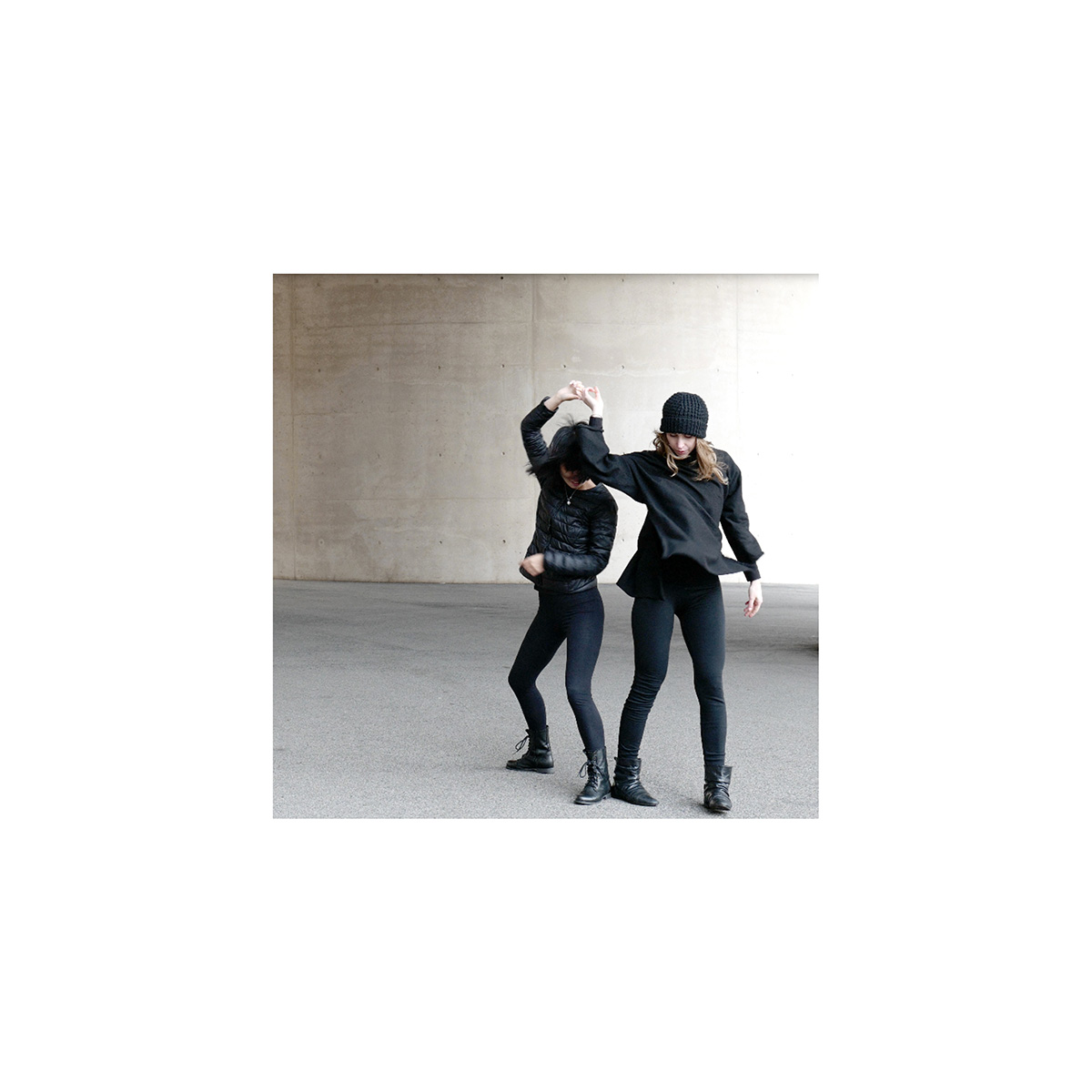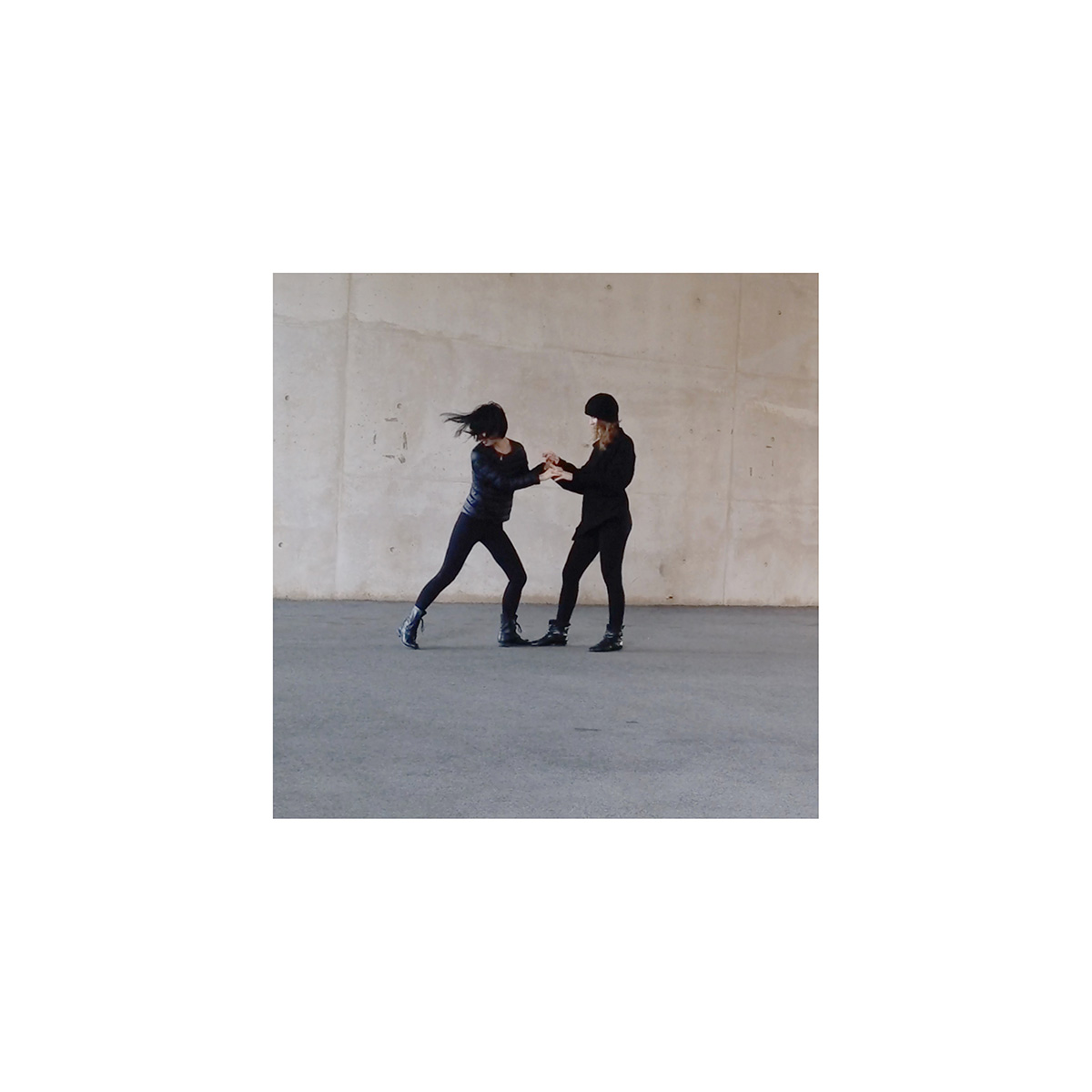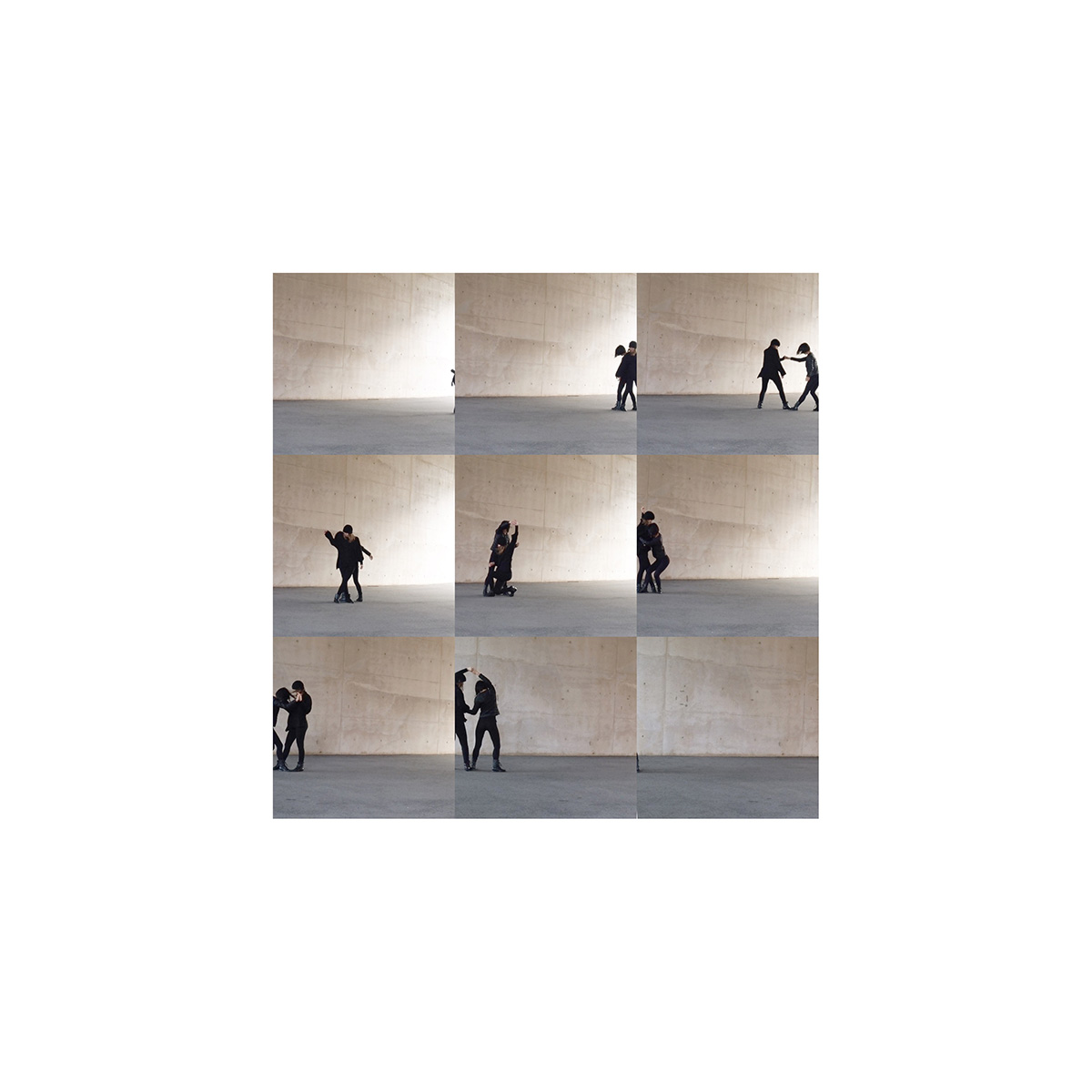Drawing the Line

Drawing the line I (Laboratory for Integrated Science and Engineering - LISE) - Still #1, 2016, digital photograph
Ana Luiza Addor & Maia Peck (MArch ’16)
As bodies inside of other bodies, we are constantly mediating between ourselves and our environment. The American dancer and choreographer William Forsythe once wrote: “A choreographic object, or score, is by nature open to a full palette of phenomenological instigations because it acknowledges the body as wholly designed to persistently read every signal from its environment.”
As an alternative to dominant ocular-centric modes of inquiry, how might we think through and with the body? How might the body become a generative site for design with spatial and social meanings? Drawing the line is a dialogue between two bodies in a public space. The choreography is simple: two bodies…moving in the same direction…one foot always touches the other’s…for every action, a reaction…at least one point of contact. Walking slowly side by side, with at least one foot always touching the other’s, two performers form a line both between and with their bodies. In this work, the line acts as both a bond and a border. Like a physical chain reaction, one body must react to the other’s action by feeling the way forward not so much with the eyes as from the pressure of one another’s hands and feet.
Empathy is essential, for every move has a consequence – a reaction. At times, the fragility of this tenuous relationship is revealed in unpredictable moments when one member hesitates and falters slightly whilst stepping forward. For viewers watching the performance, everyday movements of stepping, leaning and reaching become extraordinary. As arms and legs stretch in all directions to stay balanced, the two bodies seem to draw in space, literally and metaphorically giving form to their negotiation. Able to be performed by anyone in any public space, Drawing the line is a democratic and individualistic act. No two performances, even if done in the same space with the same participants, are exactly alike. Freed from traditional dance compositional constraints, this work explores a new mode of body-thought.


